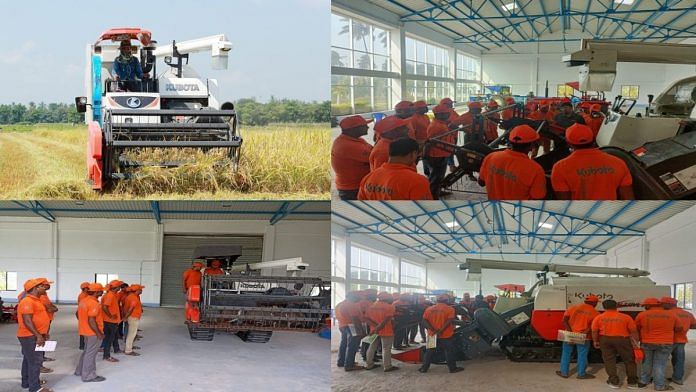West Bengal had the highest per capita income among large states in 1961. It was India’s richest state back then; richer than Maharashtra even. In 2018-19, West Bengal was poorer than Chhattisgarh, an impoverished state. This stunning fall in West Bengal’s relative position is something political scientists have studied for a long time with multiple and contradictory theories on why and how the decline happened.
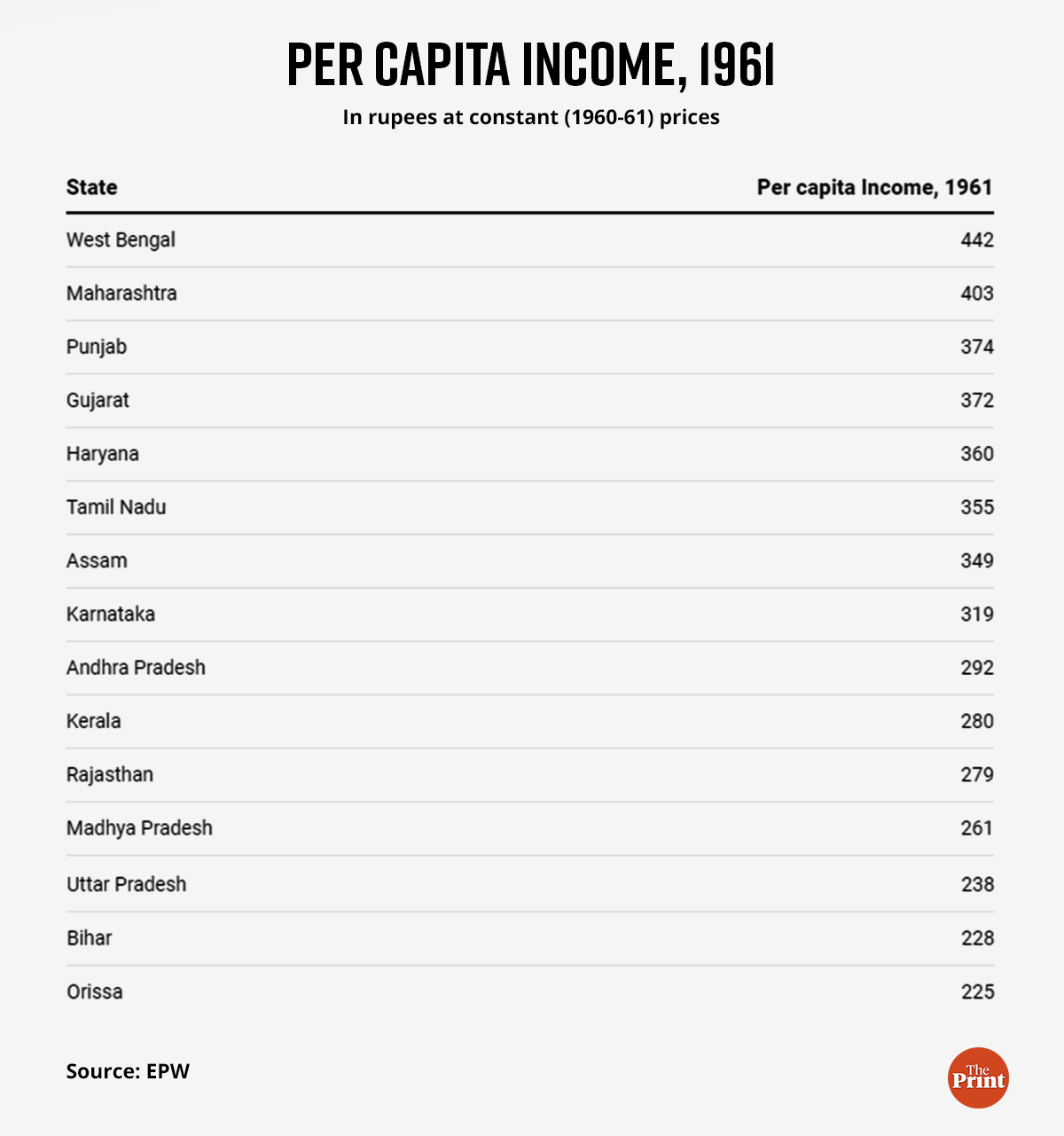
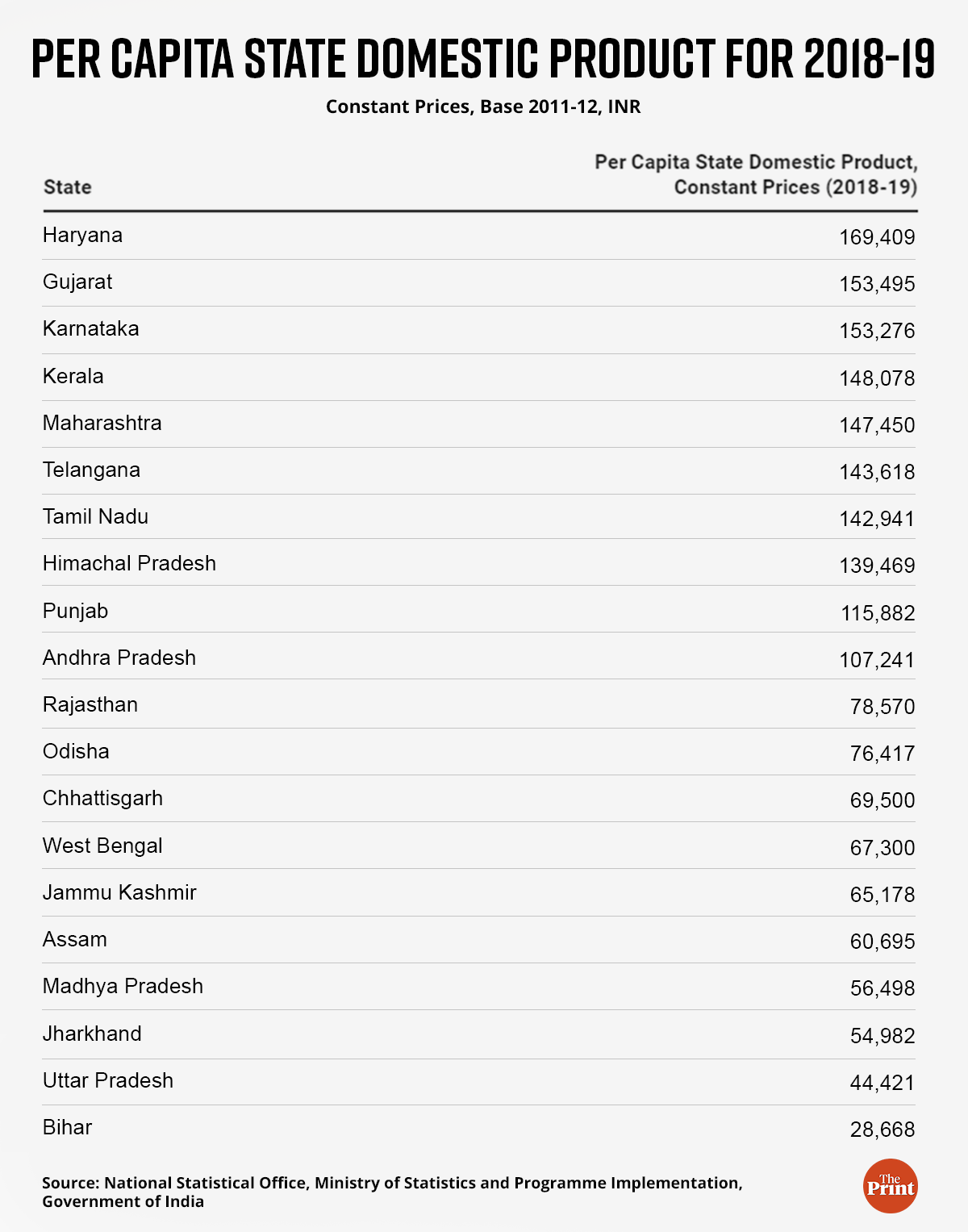
To understand the second-order effects and correlates of this decline better, a useful metric to track is literacy. Generally, the absolute literacy level of a society is something a government can’t move easily. After all, there are a lot of older people in society and if they are illiterate, getting them back to school isn’t easy. On the contrary, what a government and society can focus on is improving the literacy rates of children compared to older people as a cohort.
If we looked at this metric, we find that West Bengal is second only to Kerala in terms of literacy of people over the age of 80, suggesting that the state was a high performer back when it was prosperous. But now it has fallen far behind states such as Maharashtra, Gujarat, and Tamil Nadu when it comes to the literacy of the age group 10-14 year-olds, kids who are supposed to be in school now. West Bengal has a large negative residual when one plots the literacy rates of these two age groups across states — suggesting its new peers are Uttar Pradesh, Orissa, and Jharkhand.
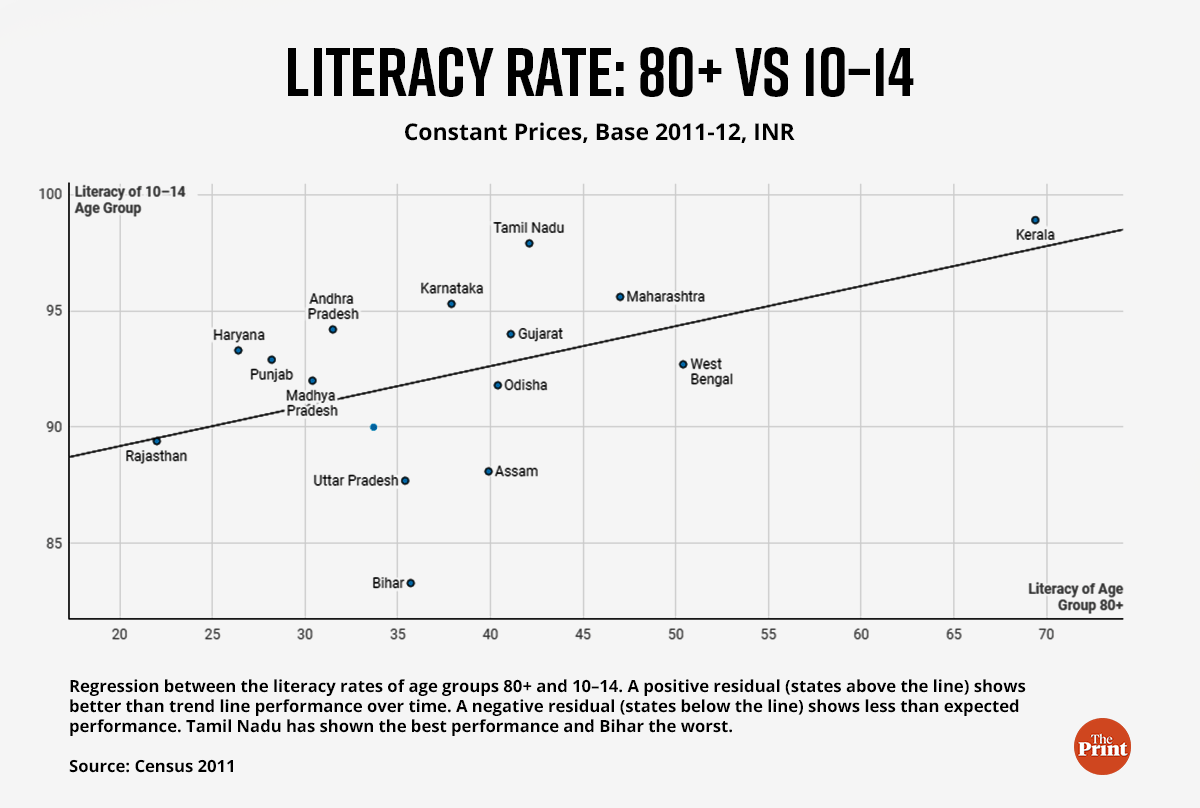
Focus on peasant economy
A hobby of the political Right is to blame the long years of the Left Front rule for this decline. But it ignores West Bengal economy’s high dependence on agriculture. The Left Front government, through its land reform, continued this practice of focusing on agriculture and the peasant economy, which did yield relatively high growth within the agricultural sector for a while. Agriculture still contributes to 12 per cent of West Bengal’s GSDP. That is high among Indian states and points to one of two things: focus on agriculture if we want to be charitable, or lack of industrialisation if we want to be uncharitable.
The former was true in the second half of the 20th century as focus on agriculture had political consensus then, but since then, it hasn’t yielded results.
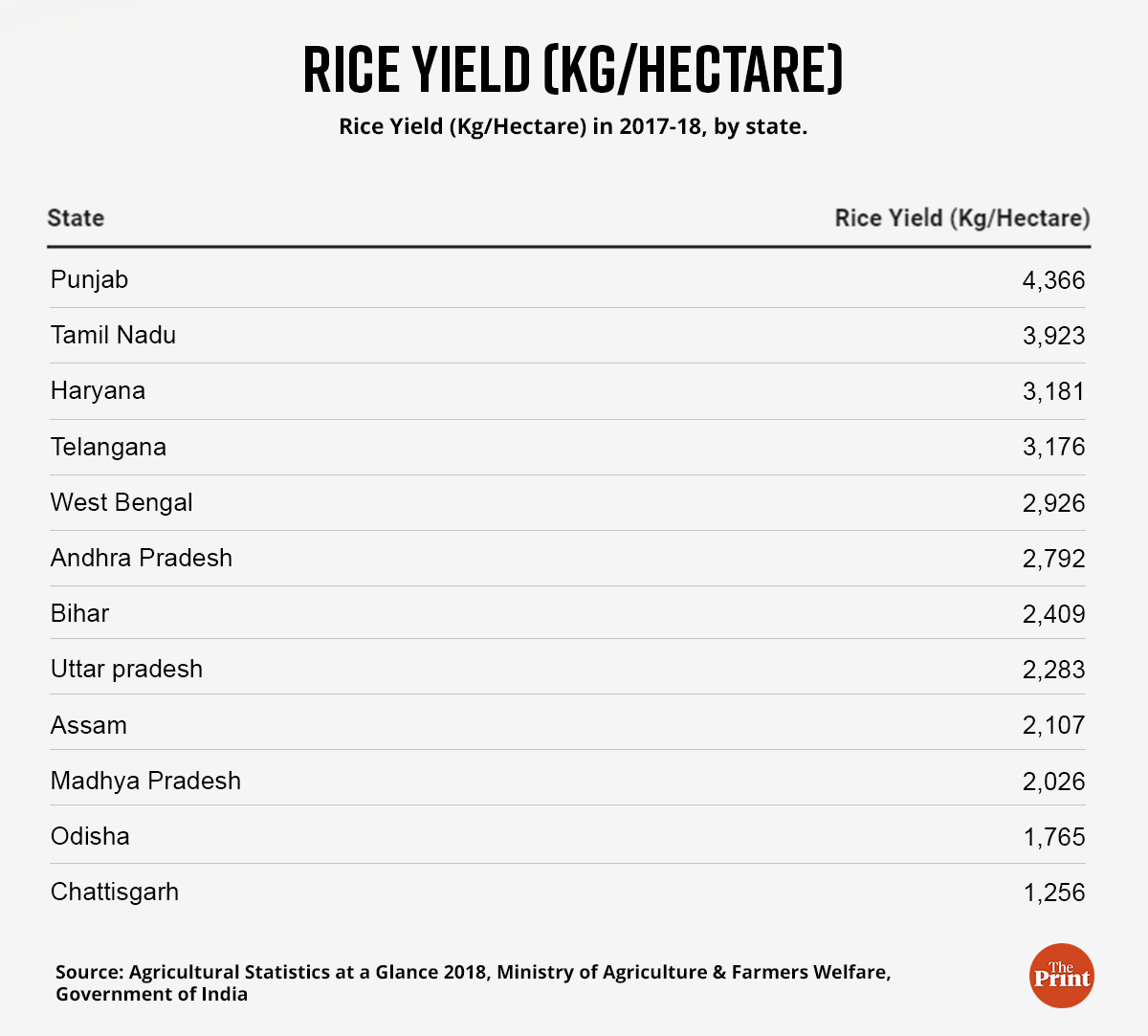
West Bengal’s primary crop is rice. And its yield in 2017-18 was 2,926 kg/hectare. That is far below the global average yield of 4,250 kg/hectare.
To have the economy focus on an activity that’s yielding less than two-thirds of the global average — forget the best yield in the world which is close to twice the global average — is suboptimal by definition. And to have such a large section of the workforce, over 65 per cent (according to the Situation Assessment Survey of Agricultural Households, NSSO), working in the agricultural sector results in such stagnation of the economy.
And this absence of economic buoyancy in turn affects the government’s ability to build schools, hire teachers and focus on a welfare state. This vicious cycle, in West Bengal’s case, seems to show up as a relative decline in its position on human development as well. Surely, there are many other reasons for the lack of economic buoyancy but this is probably the biggest when measured in terms of lost human potential.
Also Read: Madhya Pradesh is richer than Bihar. So, why is it still lagging behind in health?
Ripe for development
On the other side of this equation, there are fewer factories in West Bengal compared to its relative potential. Its erstwhile peers — Maharashtra, Gujarat, and Tamil Nadu — have two to four times the number of factories. West Bengal’s manufacturing sector — what exists, that is — is focused on areas such as metals, chemicals, and food processing. These don’t generate the multiplier effects of newer industries such as electronics and automobile manufacturing in Maharashtra and Tamil Nadu.
Further, West Bengal’s factories don’t generate as many jobs as those in other states either. According to the 15th Finance Commission Report, it is also one of the states with the lowest ratio of States’ Own Tax Revenue to its GSDP at 5.44 per cent. This suggests a large section of its economy is either informal or agricultural. And that, the state receives significant support to its budget through central transfers. Both these indicate untapped potential and a lack of industrialisation.
Again, political partisans can attribute reasons that have to do with politics. Some of that may well be true, but the focus on a peasant economy wasn’t West Bengal’s unique idea.
To this day we continue that even at the level of the Union government. The PM Kisan Yojana, for example, pays people to stay in the unremunerative agricultural sector. The minimum support prices (MSPs) incentivise people to grow crops with suboptimal yields. It’s this combination of factors—some borne out of good faith failure and some out of doing what others wanted to but did not—that seems to have pushed West Bengal on a long decline.
But to West Bengal’s credit, it still has a relatively robust public health by Indian standards and low population growth. It doesn’t have the exponential population growth of states like Uttar Pradesh, Bihar, and Rajasthan, which makes improvements in education difficult. It has a base that’s ready for greater industrialisation as economists have long argued. The basic level of health and education—and even industrialisation—exist for moving people away from farm labour to manufacturing and or services. Will it?
Nilakantan RS is a data scientist and the author of South vs North: India’s Great Divide. He tweets @puram_politics. Views are personal.
(Edited by Theres Sudeep)


